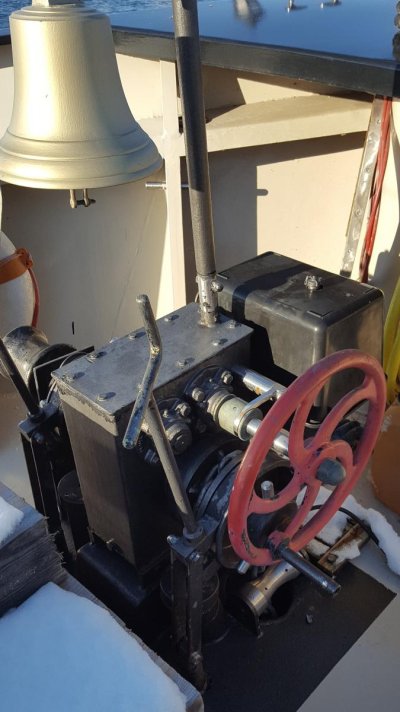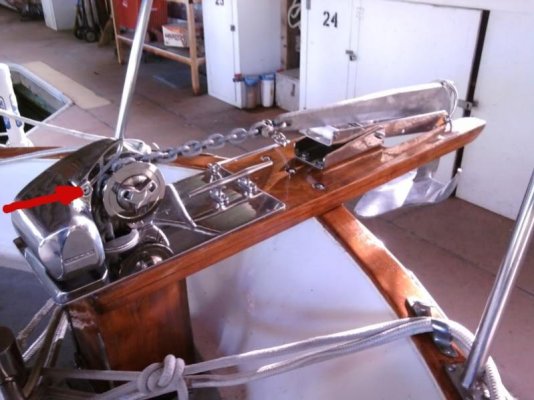Alaskan Sea-Duction
Guru
- Joined
- Jul 6, 2012
- Messages
- 8,061
- Location
- USA
- Vessel Name
- Alaskan Sea-Duction
- Vessel Make
- 1988 M/Y Camargue YachtFisher
That's why we sometimes buy different things. We have different needs.
I have only 180' of rode so I wouldn't do well where you are boating. I do fine where I boat and have never used the entire length.
You are correct. I carry 550 feet of chain rode.....


 As I said in an earlier post our windless is slow. Trying to get get the anchor down in 60’ of water, with any wind, with other boats around and a single screw, forget doing it electrically. We’re able to control the deployment via the clutch very easily. We use the down foot switch mostly for attaching the snubber or to asjust the rode length. We’ve been doing this for over 20 years. Not once has the chain jumped of the gypsy or has Lena ever been injured.
As I said in an earlier post our windless is slow. Trying to get get the anchor down in 60’ of water, with any wind, with other boats around and a single screw, forget doing it electrically. We’re able to control the deployment via the clutch very easily. We use the down foot switch mostly for attaching the snubber or to asjust the rode length. We’ve been doing this for over 20 years. Not once has the chain jumped of the gypsy or has Lena ever been injured. 
